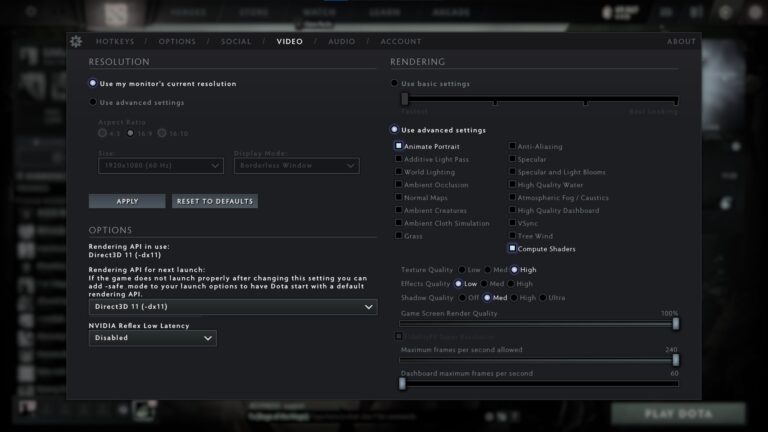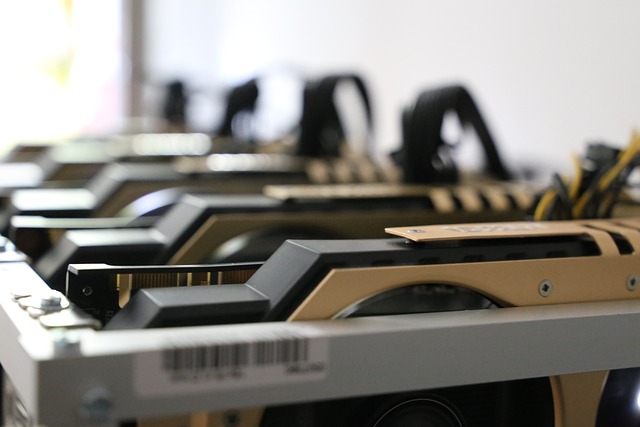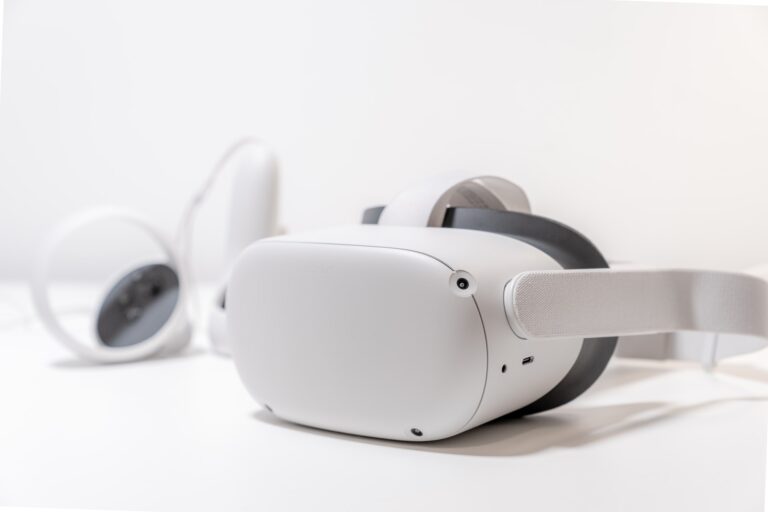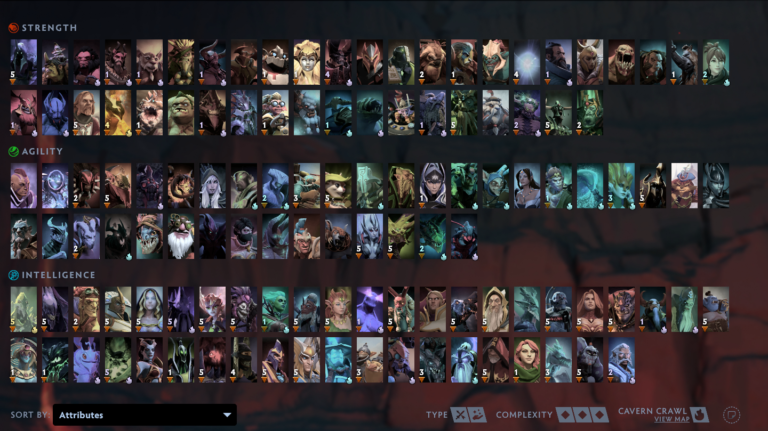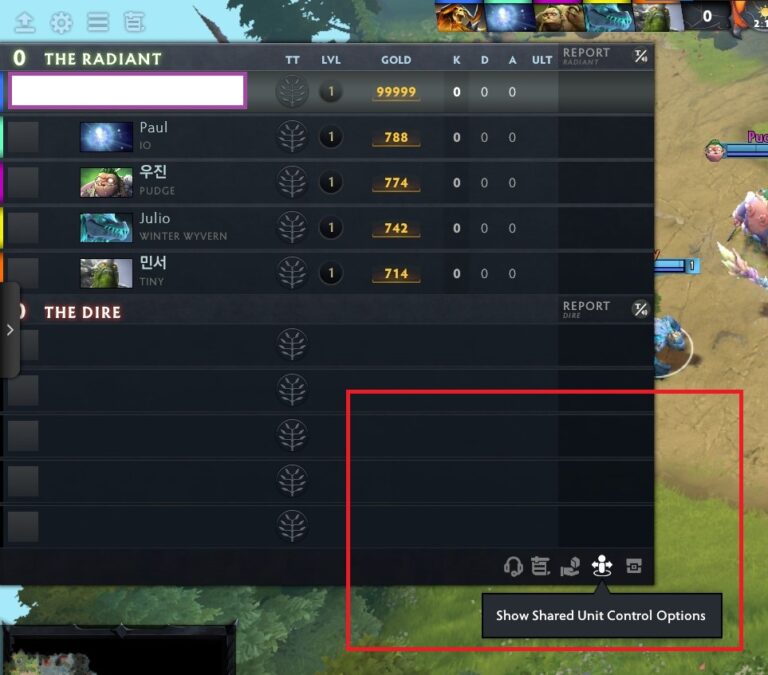5 Roles and Positions in Dota 2 Explained
Dota 2 is a team-oriented game which means players will need to perform certain roles and positions to win. Though roles are closely followed in mid-to-high-ranked games, you can still feel this structure in casual modes like Turbo, Classic Unranked, and Ability Draft.

Knowing what each role does is vital in understanding the flow of the game, especially in ranked games, if you want to win and have a more manageable experience in the game.
In Dota 2, each player takes on one of five primary roles within a team. These roles determine their responsibilities, farm priority, and overall contributions to the team’s success. The five roles in Dota 2 are Hard Carry/ Safelane Core(Position 1), Mid Lane Core (Position 2), Offlane Core (Position 3), Roamer/ Soft Support (Position 4), and Hard Support (Position 5).
Hard Carry/ Safelane Core Role(Position 1)
The Hard Carry, often referred to as Position 1, is the hero who shoulders the responsibility of becoming the team’s primary damage dealer as the game progresses. At the start of the match, they receive the highest farm priority, which means they are given the lion’s share of resources and experience to acquire items and levels. Carry heroes are known for their late-game potential, and they play a pivotal role in securing victory. Examples of carry heroes include Anti-Mage, Spectre, and Faceless Void.
They are almost always babysat by the Hard Support in the lane because they start really weak and need items to be more effective in the latter part of the game. During mid-game (10 mins – 30 mins in-game time) they are hitting jungle creeps and lane creeps to gain items that can help the team fight in the mid and late game phase of the match. Essentially, Carry players play PvE for the majority of the game and only engage in team fights whenever they reach an item advantage.
Midlaner (Position 2)
The Midlaner, or Position 2, takes control of the middle lane. This hero typically possesses strong solo abilities and requires experience and gold to become a potent force early in the game. Midlaners often roam to other lanes to secure kills and help control the map. They are known for their versatility and playmaking abilities. Examples of midlaner heroes include Queen of Pain, Invoker, and Storm Spirit.
Midlaners are essentially the initial carry of the game, their performance in the early and mid-game phase would set the tempo of the match. A mid player can stay in the midlane and dominate it pushing back the enemy midlaner or roam and relieve pressure in the sidelanes.
Midlane is typically 1v1 for the first 5 minutes of the game. securing water runes and power runes in the river might give anyone a slight edge to win the lane.
Offlaner (Position 3)
The Offlaner, positioned in the top or bottom lane, has the challenging task of surviving and disrupting the enemy’s carry’s farm. These heroes often come with utility and initiation abilities that assist the team in team fights. Offlaners usually build tanky items to absorb damage and initiate engagements. Examples of offlaner heroes include Tidehunter, Centaur Warrunner, and Mars.
Early game, offlaner plays in the hardest lane on the map, the offlane. It is considered hard due to it being far from the offlane tower and more vulnerable to ambushes.
This position is another playmaking role, whose role is to create enough space in the map for the midlaner and carry to farm their items during midgame. Offlaners would usually farm in more dangerous areas of the map and play as a wall to protect the carry from getting ganked.
Though many players prefer a more tanky offlaner, this role is one of the most flexible roles in the five positions. They have the liberty to choose whether they’ll build aura and utility, damage items, or initiation.
Support (Position 4 and 5)
Support players, divided into Position 4 and Position 5, play a more selfless role compared to the core roles. Position 4 support tends to get a bit more farm and can sometimes transition into a semi-carry role. Meanwhile, Position 5 support is the hard support that focuses on purchasing wards, courier upgrades, and other team-oriented items, ensuring vision control and the safety of their allies. Supports are instrumental in roaming to create opportunities and controlling objectives. Examples of support heroes include Crystal Maiden, Lion, and Rubick.
Position 5 is a really hard position to play due to having less gold and heroes in this category tend to not scale well with items and gold. Efficiency and good positioning during team fight is the name of the game.
Support usually buys support items to keep their carry players alive like Force staff and Glimmer cape.
Another skill Position 4 and 5 need to have is map awareness. They need to know how players move within the map and relay that information to their teammates.
Roamer (Position 4 or 5)
The Roamer, often assigned to Position 4 or 5, is a versatile role that dynamically moves across the map to apply pressure on lanes, secure kills, and create opportunities for the team. Roamers typically possess crowd control abilities that can set up kills and initiate engagements. Heroes in this role thrive on their ability to adapt and make plays happen. Examples of roaming heroes include Earth Spirit, Tusk, and Pudge.


